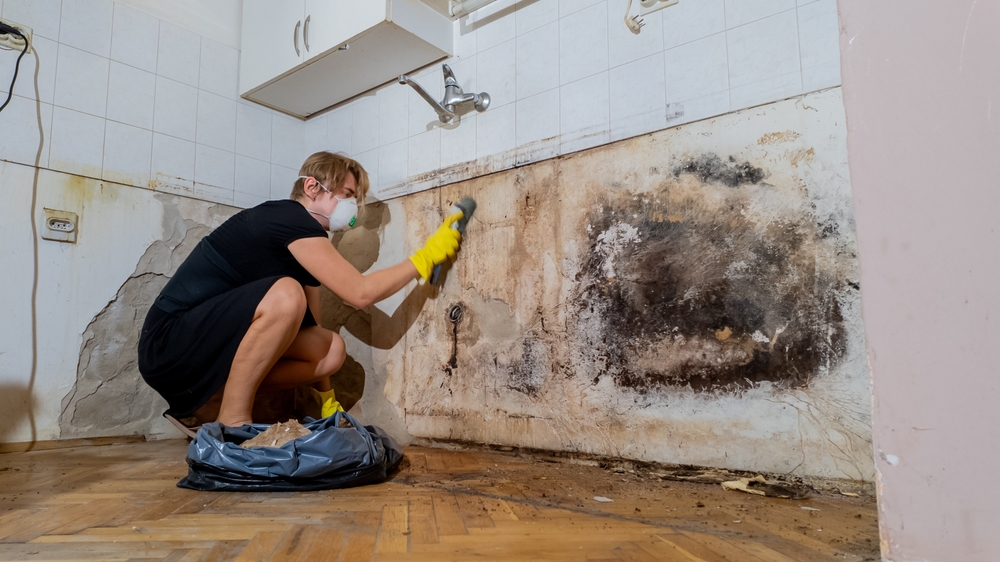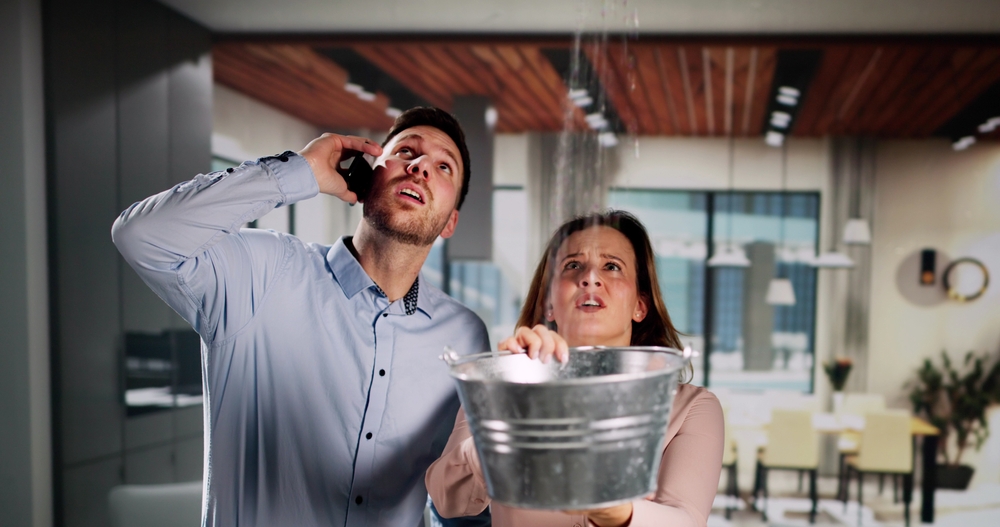Any time, from a leaky roof to a busted pipe to a natural calamity, water damage can hit. Homeowners, property managers, and companies in Philadelphia have to act quickly to reduce damage when this occurs Many, however, find it difficult to distinguish water mitigating from water damage restoration in the turmoil of a water disaster. Although both procedures are vital, they are carried out at distinct phases of handling water damage and have different uses.
We will simplify these procedures in straightforward words in our all-inclusive guide, assist you to grasp the need of acting fast, and underline the need of hiring experts for the greatest results.
What is Water Mitigation?
Water mitigation is the quick actions done following a water-related event to stop or lessen more water damage. Consider water mitigating as the emergency reaction meant to bring the matter under control before more damage results.
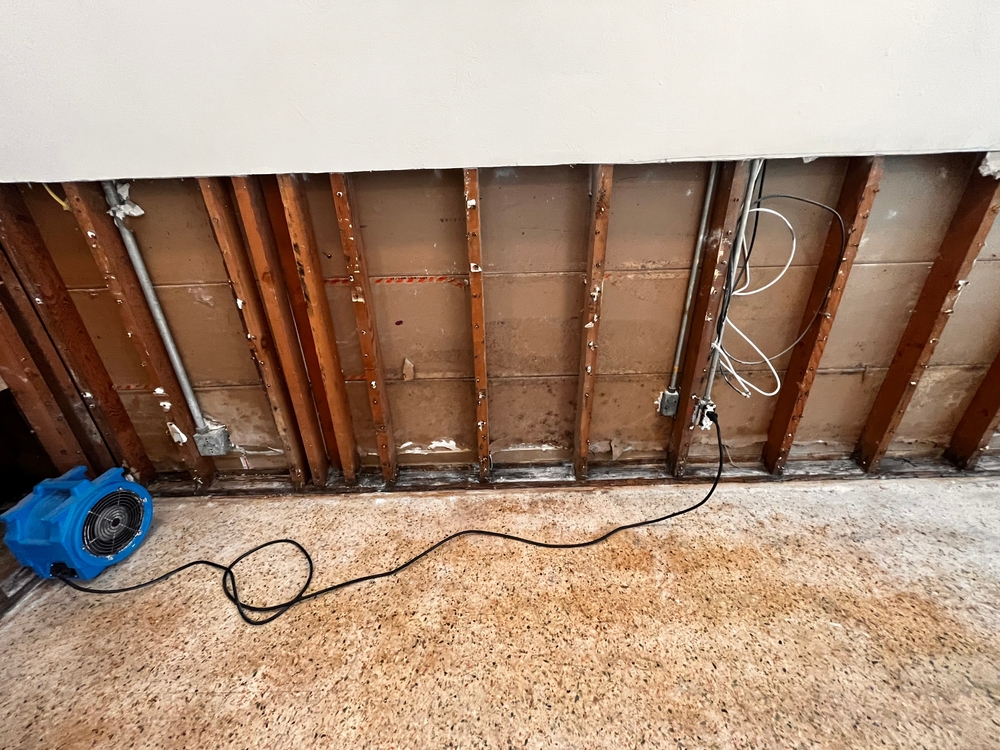
Key Steps in Water Mitigation:
- Shutting Off Water Sources: Stopping the water’s flow comes first whether the cause is known (such as a broken pipe).
- Removing Excess Water: Professionals rapidly remove standing water using vacuums and pumps so it won’t soak into furniture, floors, or walls.
- Drying and Controlling Humidity: Using dehumidifiers and fans helps to eliminate any last moisture, so preventing mold development and additional structural damage.
- Preventing Secondary Damage: Important during mitigation are blocking off impacted locations, covering valuables, and acting to stop water from spreading.
Why is Acting Quickly Important?
Water damage increases with length of time it sits. As little as 24 to 48 hours can allow mould to start to flourish, walls to disintegrate, and floors to buckle. Quick response through water mitigation lessens damage severity and final repair cost.
What is Water Damage Restoration?
Following water mitigation, water damage restoration concentrates on restoring the property to its pre-damaged state by means of repair and cleaning. Restoring is about repairing already done damage; mitigating is about stopping more damage.
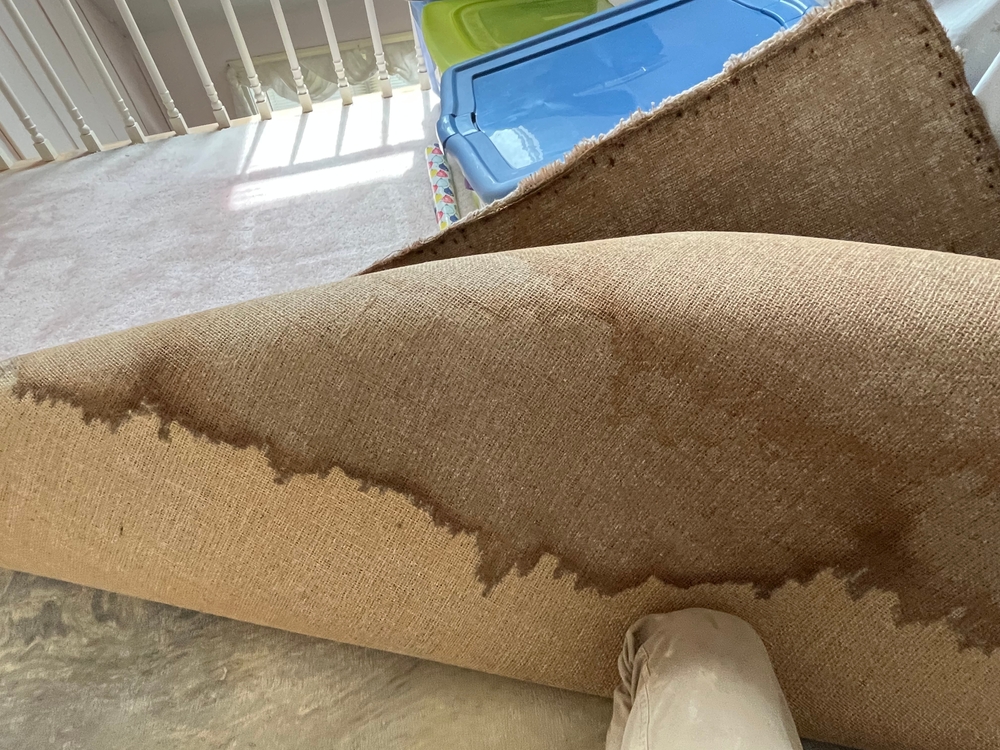
Key Steps in Water Damage Restoration:
- Drying and Dehumidification: Together, air movers and dehumidifiers dry the property. Stopping mold and other damage depends on making sure the whole area is dry.
- Cleaning and Sanitization: Water damage frequently carries pollutants—particularly in relation to floodwaters. Complete sanitation and cleansing eliminate dangerous microorganisms and smells.
- Repairing and Reconstructing: Restoring, depending on the degree of damage, can call for painting walls, floor replacement, plasterboard repair and structural damage mending.
- Mold Remediation (if needed): If mold has already begun to grow, particular cleaning and mould removal techniques are carried out to stop health hazards.
Why is Thorough Restoration Crucial?
Ignoring appropriate water damage restoration can cause long-term structural problems as well as health risks including mould exposure. Not only does complete restoration return your property to its natural state but also guarantees that hidden damage does not lead to future issues.
Key Differences Between Water Mitigation and Water Damage Restoration
Although water damage restoration and water mitigating are closely related, their timing, objectives, and extent varies.
Timing:
- Water Mitigation: Happens right away following water damage to stop more damage.
- Water Damage Restoration: Following mitigation, water damage restoration concentrates on fixing the damage and returning the property to use.
Goals:
- Water Mitigation: The aim of water mitigating is to prohibit water damage from aggravating and under control.
- Water Damage Restoration: Repair and rebuilding of the impacted regions is the aim of water damage restoration to enable their liveability once again.
Scope:
- Water Mitigation: Short-term, preventive actions including water extraction, drying, and property protection fall under water mitigating.
- Water Damage Restoration: Long-term repairs including drying, cleaning, sanitising, and rebuilding of affected sections constitute water damage restoration.
Choosing the Right Service
When dealing with water damage, it is imperative to select a qualified water damage repair business providing both water mitigating and restoration techniques. Consider these elements:
- Experience and Certifications: Make sure the business is certified by reputable industry organisations like the Institute of Inspection, Cleaning and Restoration Certification (IICRC) and handles both residential and commercial premises.
- Availability and Response Time: Since water damage events can strike at any moment, you should choose a business that provides 24-hour service and can react fast to minimize damage.
- Range of Services: Look for a business offering water restoration as well as mitigation. In this sense, you won’t have to deal with several companies in every stage of the procedure.
- Professional Equipment: Ask about the kind of professional equipment they employ for cleaning, dehumidification, and drying. Equipment of professional grade guarantees a more complete work.
- Insurance Assistance: Restoring water damage can be expensive. Look for a company that directly interacts with your insurance provider to streamline the process and assists with insurance claims.
Benefits of Hiring a Professional
Hiring a professional water damage restoration company brings experience to every project, uses specialised tools, and boasts trained staff. Attempting to address water damage personally runs the danger of mould, inadequate repairs, and hidden damage. Professionally, you can guarantee that all damage is found and completely fixed, so providing you piece of mind.
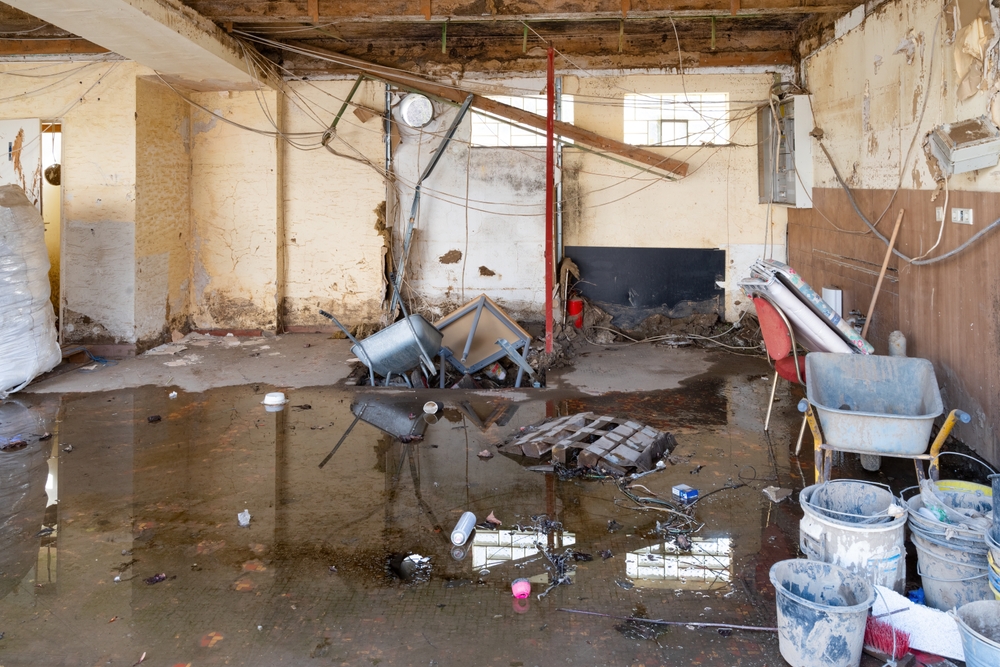
Conclusion
Knowing the difference between water mitigating and water damage restoration will help you save time, money, and aggravation while handling water damage. While water damage restoration is the process of returning your house or business to its previous state, water mitigating is the initial step—an instant reaction to stop more damage.
The main lesson is that time is of the importance and both procedures are necessary. You will damage less the faster you act. Whether you are a business in Philadelphia, property manager, or homeowner, it is always advisable to call experts to address the matter. Their tools, knowledge, and experience will enable you to rapidly and effectively have your property back to normal.
Philadelphia Restoration Services
https://www.google.com/maps?cid=3399342399556699153
+1 267 668 0013
https://philadelphiarestorationservices.com/

